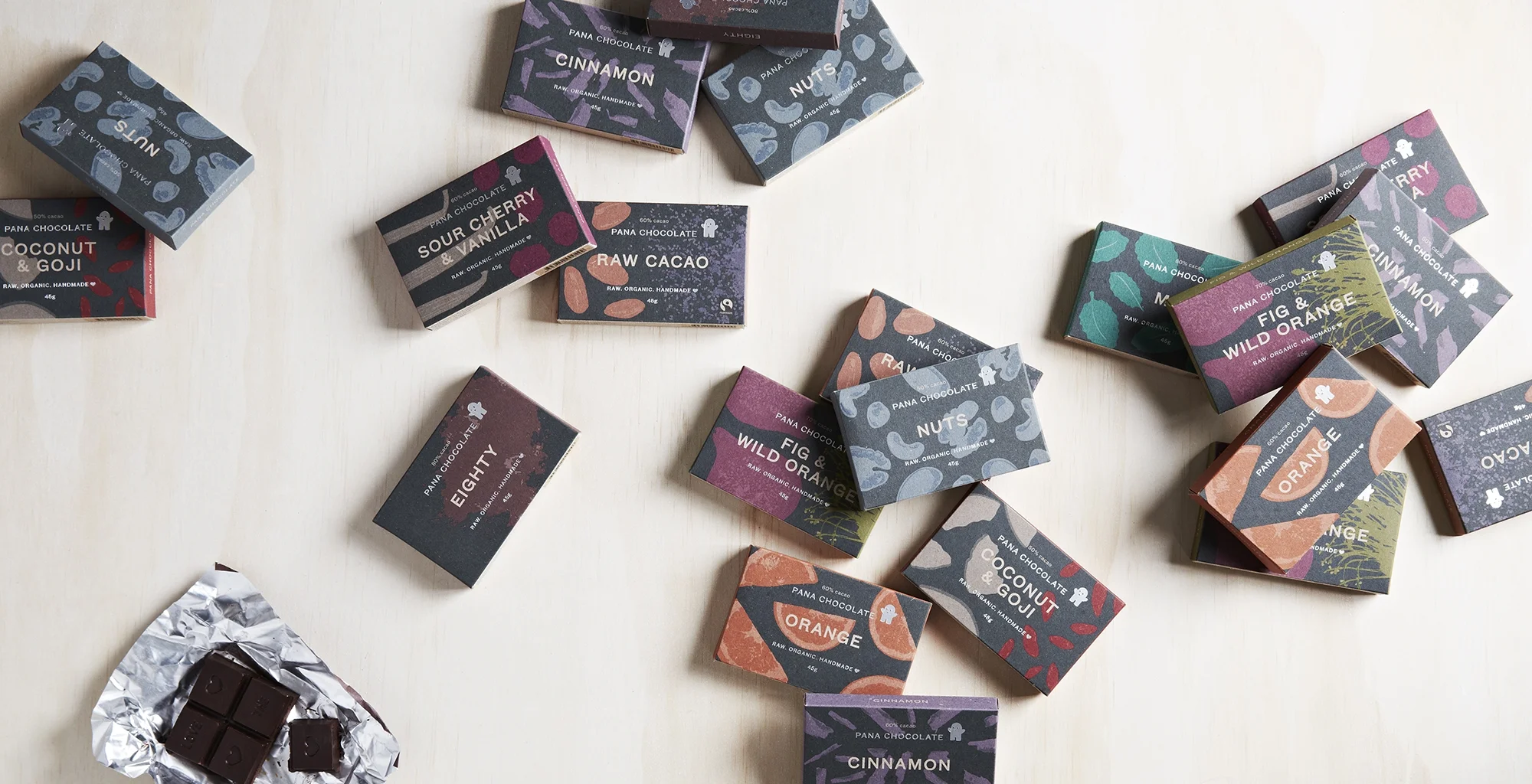Livia’s Kitchen is a beautiful brand devoted to sweet treats with a nutritional twist. Although their produce and recipes are gluten, wheat, dairy and refined sugar free, Livia’s Kitchen firmly believes it is more important to think about what a product is made with, rather than what it is free from. We couldn’t have said it better ourselves.
We had a chat with the brains behind the brand, Olivia Wollenberg about how she started the business, her favourite places to eat in London and what makes her kitchen her ‘happy place’.
What ignited your interest in healthy food and motivated you to turn this passion into a business? Have you always loved cooking, was this always what you wanted to do?
I’ve always loved to cook but had never imagined I would turn it into a career. I studied psychology at UCL and had just finished my masters in neuroscience when I was diagnosed with lots of food intolerances; I had always intended to work in academia but found lots of the work quite lonely and isolating. When I was diagnosed, everything kind of fell into place; I saw a massive gap in the market for free-from, indulgent and nutritious desserts and so decided to combine my love for food with my interest in business and create Livia’s Kitchen! I completed an 8 week business course at UCL culminating in a pitch which I won and subsequently received a grant which helped me to get LK off the ground and get my crumbles onto the shelves of Selfridges.
What is it about the kitchen that makes it your ‘happy place’?
I think it’s a combination of things. I love how creative you can be in the kitchen; I’m definitely not the sort of person who likes to meticulously follow a recipe so I love just being able to chuck things into a bowl and see how they work out. The kitchen is also a bit of a nostalgic place for me; I’ve lived in the same house my whole life so my family kitchen has so many happy memories of learning to cook with my mum and sisters and it was also the place where Livia’s Kitchen began!
Your food has such a wonderful variety of ‘free-from’ recipes. As someone with many food intolerances, what was your experience when having to switch up your diet? What was the most difficult thing to cut out and what benefits have you experienced since?
It was definitely difficult to begin with! I used to eat fairly healthily but I also loved a big cheesy pizza and I could never resist a gooey jam doughnut. I sadly can’t eat quite a few ingredients but I think the hardest thing was that preservatives also make me really ill. I’m a major sugar-monster so as soon as I was diagnosed, I started looking for desserts to satisfy my sweet tooth; I quickly noticed that everything in the free-from aisle was filled with ingredients I couldn’t even pronounce. Luckily for me, there were so many amazing blogs which helped me to find alternative ingredients and inspired me to play around more in the kitchen, creating treats that tasted good, didn’t make me ill, and were made with natural ingredients!
For all of us with a sweet tooth out there, what would be your top tips for cutting out any nasties while still satisfying those cravings?
For me, the biggest thing is ensuring that whatever I am making tastes as indulgent as the real deal! I find that quite often natural treats taste really healthy and so don’t satisfy my sweet-tooth. At LK we like to make desserts that are made with really good ingredients but which don’t ever compromise on taste.
What is your kitchen must-have that you couldn’t live without?
My magimix!!! I use it pretty much every day whether it’s to make cauli rice (which I’m obsessed with at the moment) or raw brownies, I don’t think I could live without it.
Where are your top 3 healthy hotspots to eat in London?
I love chotto matte - Peruvian food is my absolute favourite! The Mae deli of course and then I think my last spot would be Ottolenghi - his salads are to die for!
Thinking of your dream breakfast - What would be on the menu, where in the world would you be and who would you be enjoying this with?
I would be in the south of France with my family eating scrambled eggs with avocado followed by fresh fruit, pancakes and lots of maple syrup - Beyonce would be welcome to drop in too!!
At the moment I am:
Reading - The Life-Changing Magic of Not Giving a F***
Eating - Ahi Poke, I literally cannot get enough.
Wearing - Layers - It’s so cold right now in London!!
Worrying about - Recent elections
Dreaming about - Taking LK overseas
Feeling grateful for - Moving into a new office!!
Come see Olivia talk about how to bring a successful product to market, how to build a happy team and how not to burn out running your own business on Sunday, 13.00 – 13.45 on the Main Stage, more details here.


















































